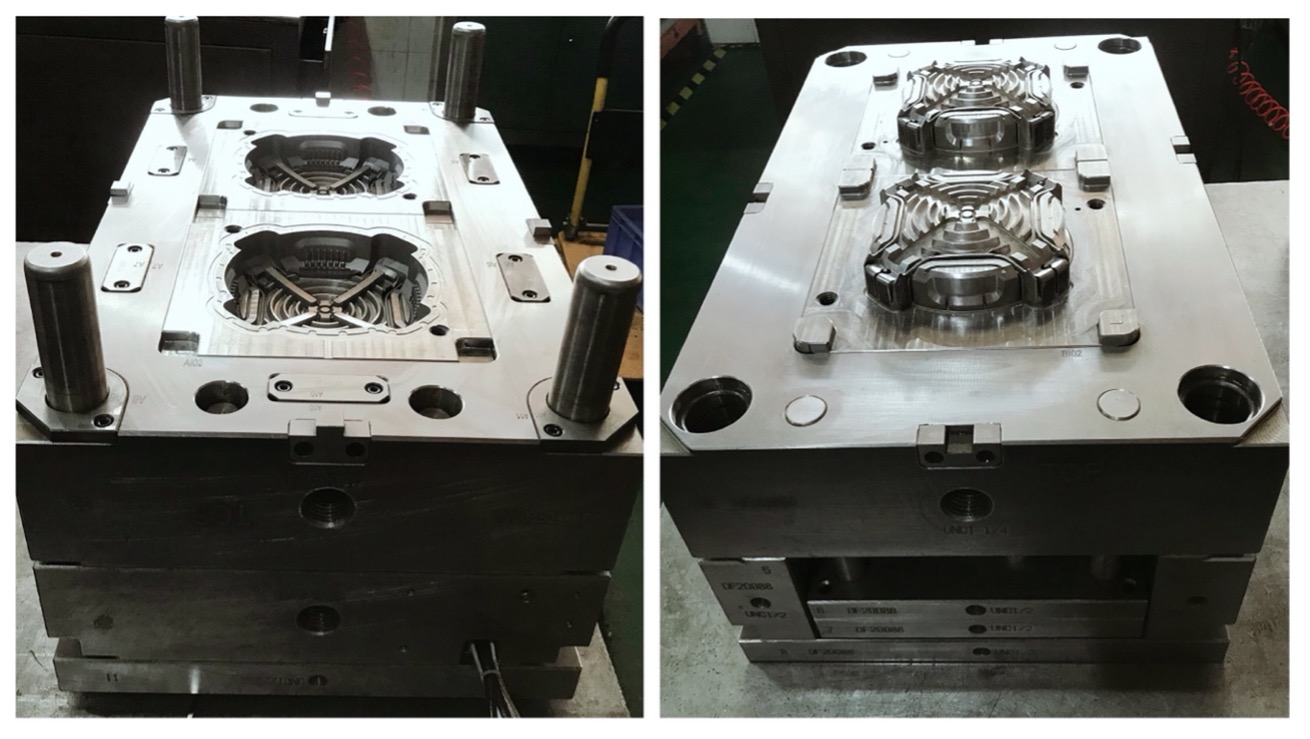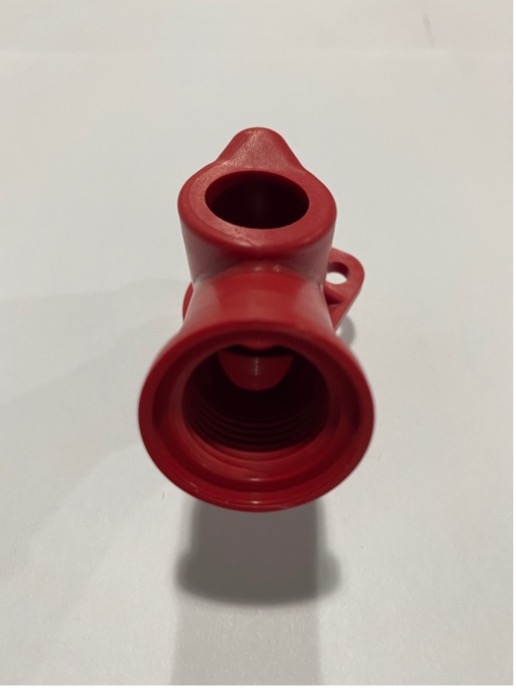Injection Mold: 5 Best Features
The plastic industry is one of the most present in our daily lives. For the proper functioning of the cycle, it is important to choose an injection mold.

About the injection mold
One of the characteristics that makes plastic so widely common is its gigantic molding capacity. Thermoplastic polymers can, under conditions of temperature and pressure, be suitable for any shape. One of the methods of doing this is through injection molding machines.
In the molding machine, the raw material is melted, injected into a mold under high pressure, and after cooling, comes out in the desired shape. While this process is fast, it is not continuous. It is cyclical.
The big difference with the injection mold
The extruder is capable of generating continuous products. The screw, present in the equipment system, rotates and sends material to the die constantly. The parts produced are subsequently cooled, while in the injection molding machine this process usually takes place inside the mold.
The feeding of the machine: occurs through a hopper.
After passing through this hopper, the granules are sent to a screw that takes them to a cylinder, where they are heated through electrical resistance.
Here we have 3 phases in the injection molding process: feeding, compression, and dosing.
- In phase 1, feeding: the granules heat until almost reaching the melting point.
- stage 2, compression: the material presses against the cylinder walls until it becomes plastic.
- In phase 3, dosage: the moment when the material mixes and the flow carry out.
The great difference in the use of the plastic extruder is its productivity. Mainly due to the continuity of the process.
In the manufacture of injected parts for the most diverse purposes, painting and finishing are fundamental processes. By painting injected plastic parts, it is possible to brighten the surface, hide modeling flaws, and provide extra protection.
Injection mold: top plastic parts
Plastic parts are common in the most diverse products, being part of our daily lives at different times. The injection of thermoplastics makes it possible to mold the polymers so that they take on the desired shapes. Having the expected format is a big step, however, it is not enough.
Other features form the products. Among them, the color, which is in the injected parts, defines through the painting process.
There are currently two major trends in painting plastic parts. Discover both below.
Electrostatic painting: the principle of repulsion and attraction of charge
This type is better when the goal is to create a long-lasting, even finish. It is based on the principle of repulsion and attraction of charge. Although widely common on metallic materials, it goes well with any electrically charged material. Even in injected parts, as long as a pre-treatment is carried out to allow the ink to adhere.
Texturing: becoming increasingly common
In painting plastic parts, the texturing technique is gaining a lot of supporters and is becoming increasingly common. It makes the pigmentation of the plastic piece eliminated so that it can be painted in any color. Texturing recognizes for offering a superior finish, even enabling color and metallization.
However, it is important to highlight that the textured piece needs to have a homogeneous painting, which means that there can be no process changes or ink build-up.
Which processes depend on the objectives of the product?
The thermoplastic injection is a production process widely common in different industries.
Moreover, this is due not only to their efficiency but also to the great versatility of the injection molds, which meet different needs. And as the year goes by and new materials and techniques develop, this scenario only increases.
Material mixing and thermoplastic injection
One of the industries that uses the most of the thermoplastic injection process is the packaging industry. This, in turn, has found an increasingly demanding market.
The growing trend towards multilayer solutions
It is necessary to count on materials that present great resistance. But also, injection molds are capable of preserving the characteristics of the products. In addition to the development of new materials for monolayer thermoformed boards and films, there is a growing trend towards multilayer solutions. These solutions can unite and combine different raw materials, such as:
- Polyamide(PA);
- Polystyrene(PS);
- Polyethylene(PE);
- Polypropylene(PP);
Different polymers lead to more sophisticated characteristics
The use of this option has been highlighted especially in the production of packaging for the food industry. Moreover, with the pressure for a healthier diet on the part of society, there is a decrease in the levels of fats, sugar, and preservatives. Injection molds affect the durability of the products.
In addition, there is a search for more sustainable materials for packaging, as well as those that are light and keep the food warm or even that can withstand place in the oven or microwave. Moreover, the combination of plastic materials, taking advantage of their characteristics, is another example of the strength of this industry.
The process demands high standard requirements
The process makes it possible to meet diversified demands and high standard requirements. The injection mold stands out in the use of this process, but many other industries also benefit from the procedure.
For this, of course, it is necessary to know the needs and objectives, allowing making a customized solution.
One of the main differences that we can notice is in the equipment common. They are made from injected plastic, from the light holder, toothbrush handle, dental floss packaging, among others. Moreover, these make the professional’s job much easier as they are lighter objects.
Provides more comfort to the patient
Even the dental office has a large number of its structures in plastic, such as the arms chair for rest.
Moreover, some of the common injection molded parts are as follow:
- Protective glasses and visors;
- Ear protectors;
- Beds and saliva suckers;
- Plastic barriers in instruments with motor, syringes, among others.


